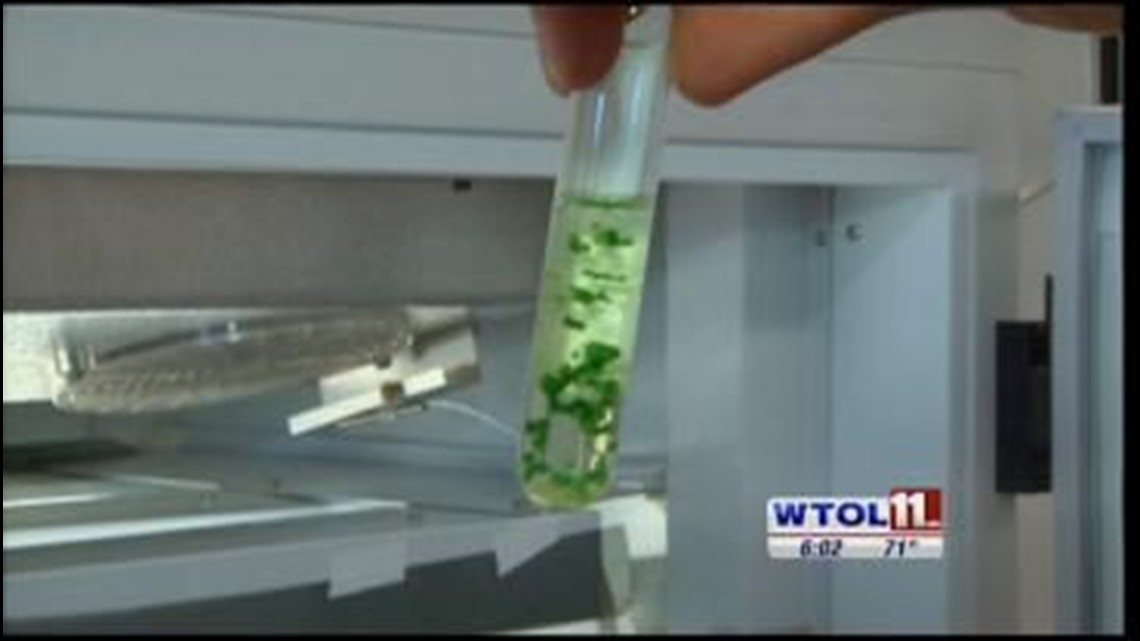

(Toledo News Now) - Scientists at the Great Lakes Environmental Research Lab (GLERL) in Ann Arbor have been studying algae to learn more about and gain insight for forecasting future blooms.
The lab is run by the National Oceanic and Atmospheric Administration (NOAA). Researchers there test water from Lake Erie weekly and break the algae cells down to their smallest forms to learn more about cyanobacteria.
One question people have asked is why the algae can be so bad this summer after the harsh winter.
"Even though the ice [was] very thick, the lake didn't freeze," explained researcher Timothy Davis. "Cyanobacteria have been on this planet for 2.5 billion years. They are very hardy."
Numbers from GLERL's weekly tests are put directly into algal bloom outlooks. NOAA also uses satellite images to monitor the blooms.
"The view from space – we can extract colors from that image and we can determine whether or not the bloom is harmful from that image," said Steve Ruberg, Lead of Observings Group at GLERL.
The scope of blooms from these images can illustrate just how vast a bloom can truly be, showing why algae cannot be 'cleaned-up' like an oil spill. However, its movement can be forecasted like one, which is exactly what scientists like Ruberg do.
GLERL uses a submarine-like sensor that can automatically patrol open lake waters to sense the edges of algal blooms.
"We have sensors built into it and we can actually let it go work by itself for 8-10 hours," said Ruberg.
It's all part of a big effort to forecast, research and hopefully one day limit harmful algae blooms in the lake.

